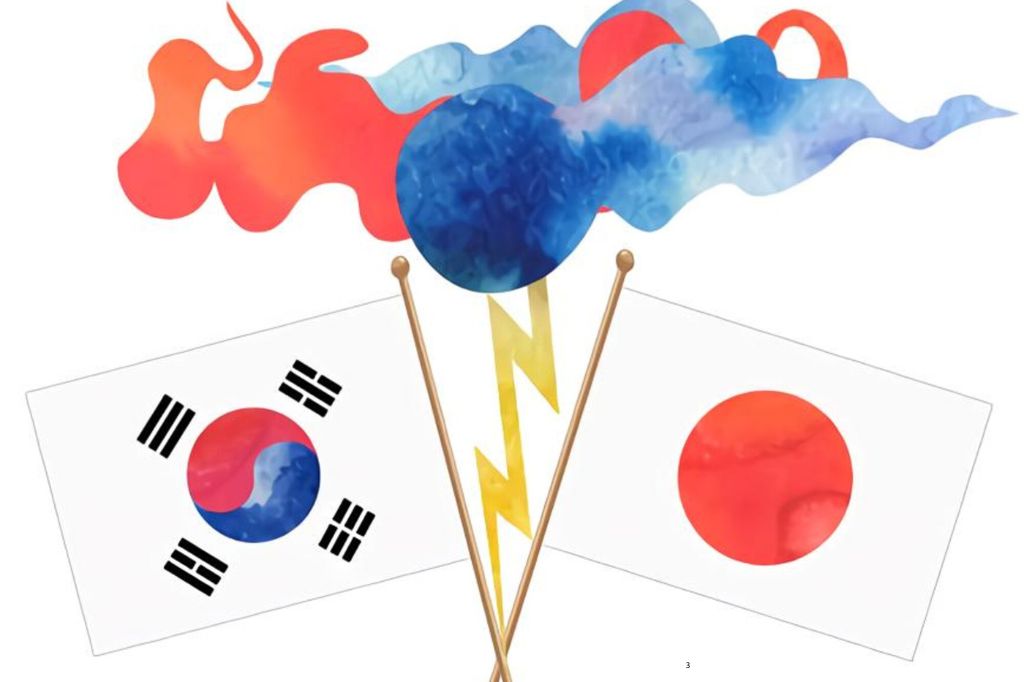South Korean Firms are Heading to Japan for the First Time since 1980s: Unpacking the Shift
In a surprising turn of events, South Korean firms are making a notable pivot. For the first time since the 1980s, there’s a marked increase in South Korean companies establishing their presence in Japan. This shift, while economic on the surface, is deeply rooted in decades of geopolitical and historical intricacies.’
Key Points:
- A significant number of South Korean firms are reducing their business ties with China, opting instead for Japan and Southeast Asia.
- The move is influenced by China’s slow economic recovery, rising operational costs, and the ongoing U.S.-China trade tensions.
- South Korea’s recent decision to internally compensate victims of forced labor during Japan’s occupation signals a thaw in diplomatic relations.
- The U.S. emphasizes the importance of a united front between its allies, South Korea and Japan, in the face of challenges from China and North Korea.
Diving Deeper into the Shift
The data is clear: South Korean investors established 87 new companies in China in the first half of the year, a decline from the previous year. In stark contrast, 118 new entities were set up in Japan during the same period. But why?
Economic Factors: China’s ongoing zero-Covid restrictions, coupled with the U.S.-China trade war, have made it challenging for businesses to operate smoothly. Rising labor costs in China and trade disruptions due to U.S.-China tensions are pushing Korean companies to explore alternative markets. Japan, with its stable economy and technological advancements, presents an attractive option.
Geopolitical Tensions: The ongoing competition and tensions between China and the U.S. have had spillover effects on Korean enterprises. With the U.S. being a significant ally of South Korea, the latter is inevitably caught in the crossfire, prompting a strategic shift.
Historical Grievances: The recent announcement by South Korea to compensate victims of forced labor during Japan’s occupation from 1910 to 1945 is monumental. It’s a clear indication of South Korea’s intent to mend ties with Japan, moving past historical grievances for a more collaborative future.
The U.S. Perspective: The U.S. has been keen on improving relations between its two allies, especially in light of challenges posed by China and North Korea. President Joe Biden lauded the announcements, emphasizing their importance for regional cooperation.
While the shift of South Korean firms to Japan is significant, it’s essential to view it as part of a broader trend in global supply chain diversification. Companies worldwide are re-evaluating their operational strategies to ensure resilience against geopolitical and economic uncertainties.
Also read: Discovering USA’s Diverse Culinary Landscape: A Southeast Asian Perspective
The move of South Korean firms to Japan is not just a business decision. It’s a reflection of decades of change, geopolitical tensions, and a desire to forge a path that ensures economic stability and growth. As South Korea and Japan continue to navigate their shared history and future aspirations, the world watches closely, understanding that their collaboration could shape the Asia-Pacific region’s future.
















